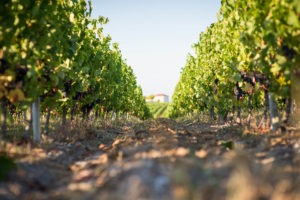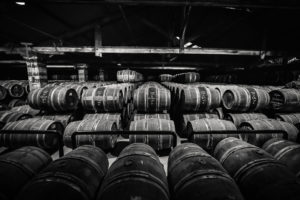We are at the dawn of spring. A few shy vernal flowers appear. The weather is slowly changing. The air becomes softer despite the raindrops. However, the cold is still there and invites us to have a small glass of hot sake to comfort us. The language of flowers is secret… And a large number of sake houses use flowers either in their name or in the production of the sake itself. Let’s first see some emblematic names of Kura (place of production) which refer to flowers, then secondly, the use of flower yeasts in the production of sake! There are many Kura which have names linked to flora and in particular certain very symbolic flowers.
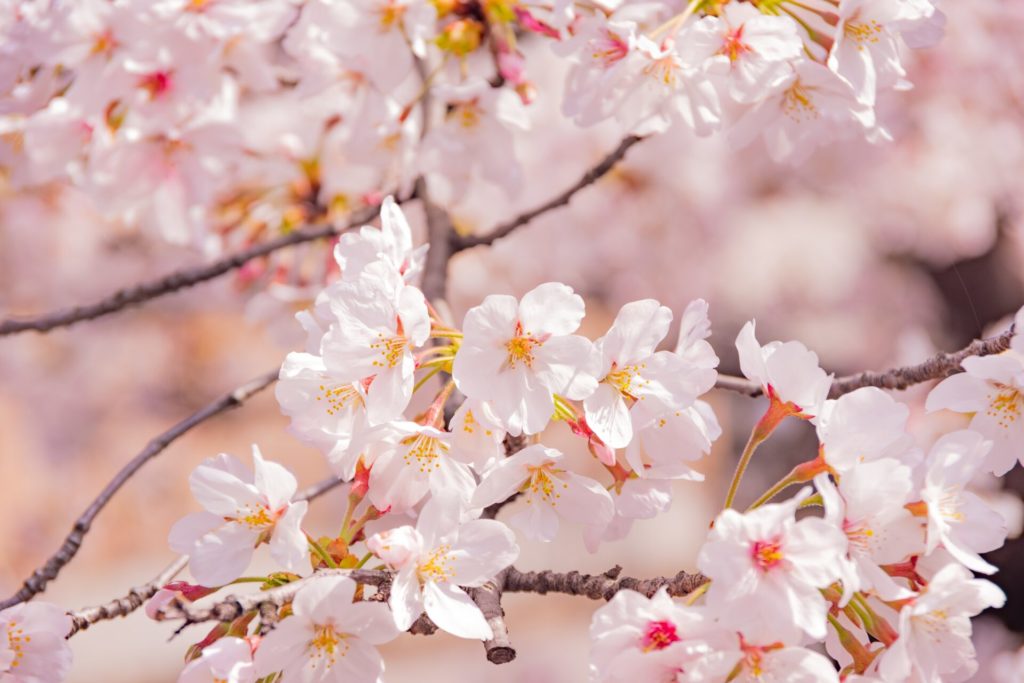
- Sakura: we no longer present cherry blossoms! They announce the arrival of spring and generally bloom from March and especially in April. In Japan, there is even a map of cherry blossoms, hanami, with dates… This ephemeral, delicate flower is a true symbol of Japan. We find “sakura” in several Kura names such as Sakura Masamune or Echigosakura Shuzo.
- Kiku: the chrysanthemum is the symbol of the Emperor of Japan. A flower representing light, the sun, several Kura have taken “kiku” in their names like Kiku Masamune Shuzo or even Kikusui Shuzo.
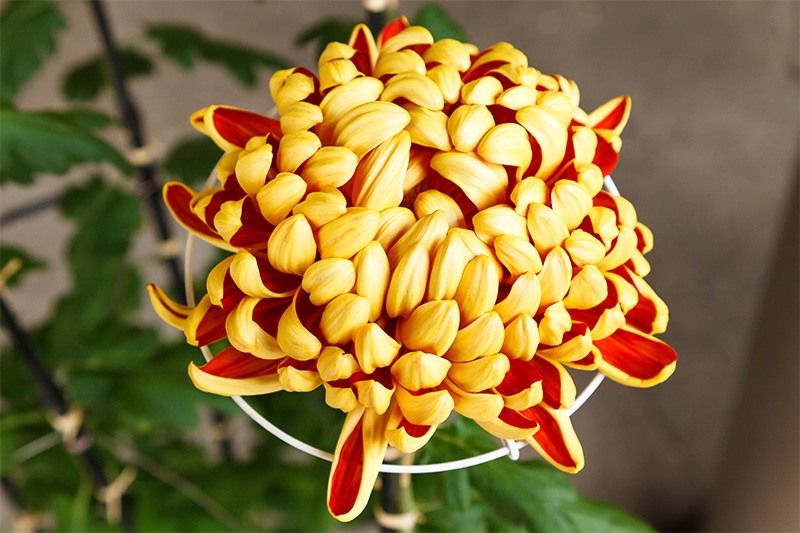
Finally, some sake houses do not hesitate to use flower yeasts for the production of their nihonshu. Yeasts are incredible micro-organisms that transform glucose into alcohol and carbon dioxide (to put it simply)! Each flower, each plant, has its yeast. It is therefore possible to extract it. And this is what Professor Kubo Nakata, at the Tokyo Agricultural University, succeeded in doing for the first time in 1998. He was also at the origin of a brown sugar yeast which is used in the production of awamori in Okinawa!
Flower yeasts are fragile and delicate. Just extracting them is complicated! Indeed, flowering is short: it is therefore necessary to extract quickly. In addition, fermentation takes a long time. It takes years of experience to successfully obtain sakes that take full advantage of these yeasts.
It is the specialty of several houses: Harada Sake Brewery, Nishi-Iida Sake Brewery… And Amabuki Sake Brewery (in Saga) which only produces sake using flower yeast! You can also find here one of their sake made with strawberry flower yeast that I selected for Otsukimi. You can also find a wider range on the website of the importer Midorinoshima (with whom I work regularly)! I know the question that burns your lips: do you smell strawberries when tasting them? The answer is yes and no! It is true that this sake has notes of red fruits. But whether it comes from the yeast, I’m not 100% sure.
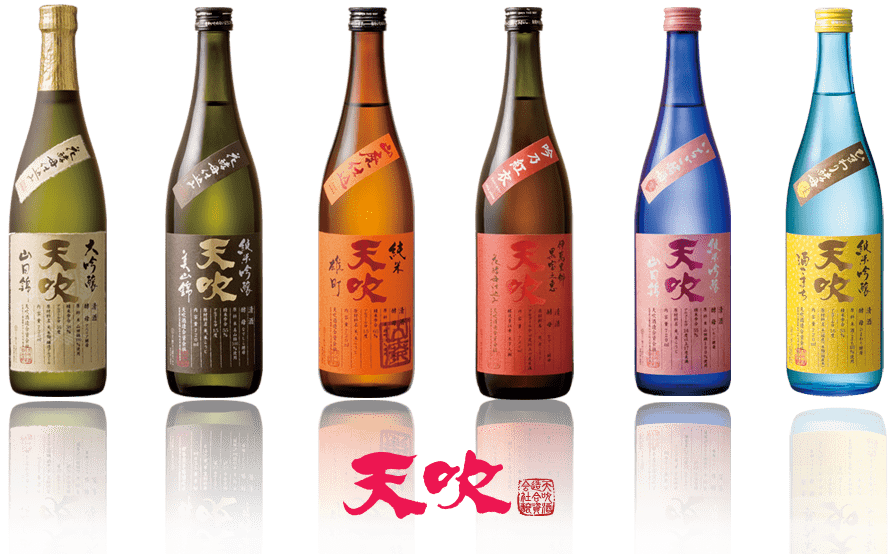
In any case, it’s a great discovery. The Amabuki house uses up to 11 different flowers: from strawberry blossom to begonia and even wild rose. A range of aromas opens up to us! The house specifies that depending on the yeasts, aromas will be created: rather apple or pear, banana or fresh aromas of malic acid. What do you think? The secret language of flowers can be used to make an extraordinary gift! Forget the bouquet of flowers, choose a bottle of sake made with flower yeast to express your feelings!!
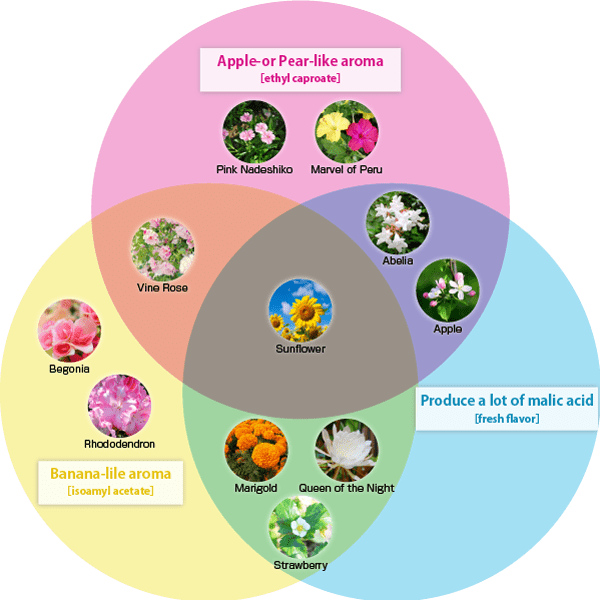
During my last visit to Japan which dates back to February 2020 (just at the start of COVID!!), I had the opportunity to taste a sake made from cherry blossom yeast and another made from yeast. of gingko biloba. It was interesting and I think these are creations that we will see more and more on our French market!

#France Bleu Gironde broadcast from March 10, 2023: click on the link to listen to the replay more easily and read the great article by Isabelle Wagner!

